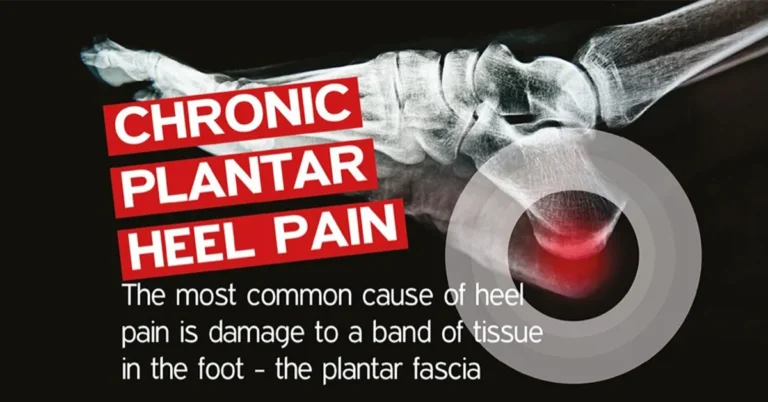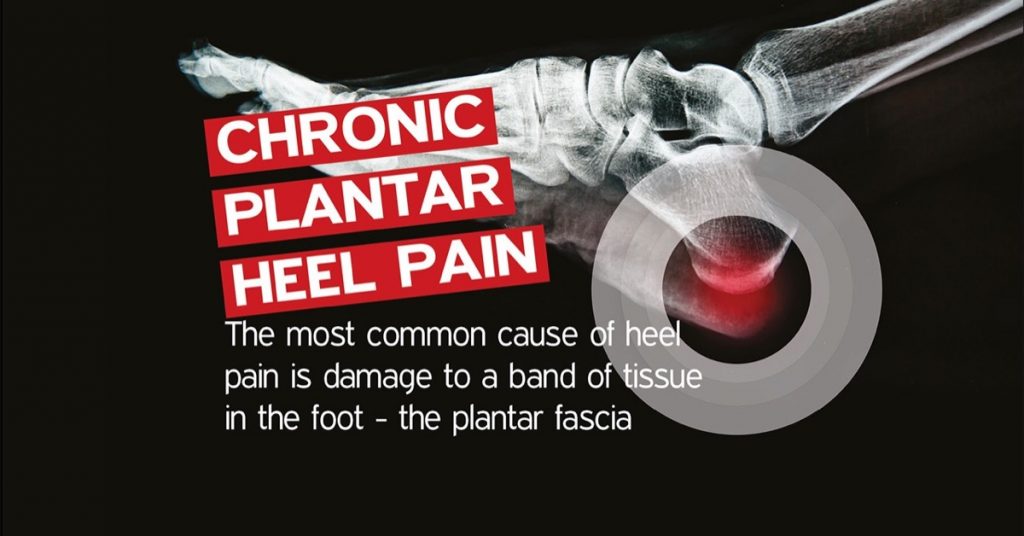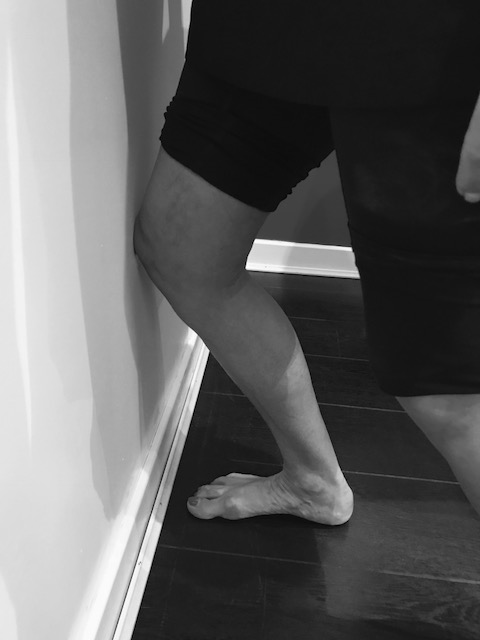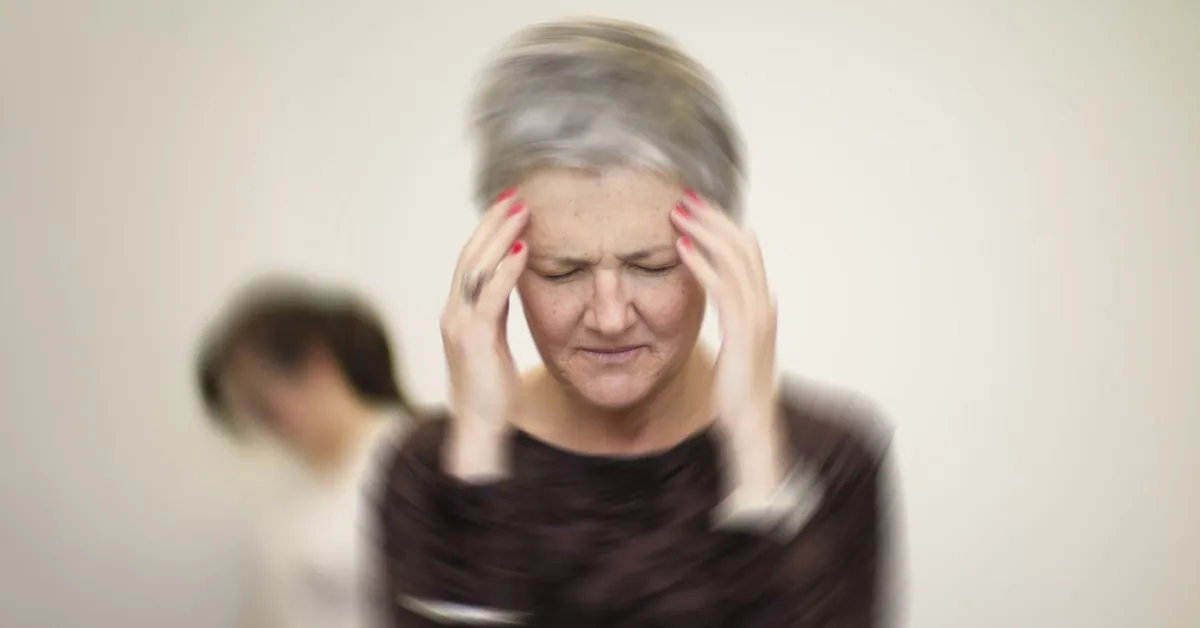Plantar Heel Pain advice from a Physiotherapist
The plantar fascia is the flat band of tissue (ligament) that connects your heel bone to your toes. It supports the arch of your foot. If you overload your plantar fascia, it reacts like all tissues and may become painful. The overload must exceed your normal tissue tolerance and is often sudden. The plantar fascia has little time to adapt and so becomes injured. This can then cause your heel or the bottom of your foot to hurt when you load it, usually when you stand or walk.
It is estimated that 1 in 10 adults will develop plantar fasciitis during their life time. It is common in both the athletic and the general non exercising populations. It is more likely to happen if:
- you have tight Achilles or calf muscles
- you are overweight
- you stand, walk or run (above your bodies trained ability)
- you are in occupations where standing is the predominant posture
What are the symptoms of plantar heel pain?
Most people with plantar fasciitis have heel pain. It is more painful when they take their first steps after they get out of bed or sit for a long time. The pain and stiffness may reduce after you have taken a few steps (usually within 30 minutes). However your foot may hurt more as the day goes on especially when you climb stairs or after you stand for a long time.
Plantar fasciitis can be very frustrating, there one minute and gone the next, limiting even the simplest of weight bearing functions.
What is the best treatment for plantar heel pain?
- Firstly take the load off to allow it time to settle. This may include simply modifying what you do, but may also include wearing supportive shoes, taping the foot or provision of temporary orthotics.
- Pain relief? Unfortunately medication, acupuncture, massage etc may help temporarily but seem to have a variable longer term effect.
- If stiffness in the morning is a problem sometimes wearing a support during the night can help.
- Identifying any tight tissues and stretch them. This mainly relates to the calf muscles (gastrocnemius and soleus) and the achilles tendon. Trying to stretch the plantar fascia itself is controversial (it can only stretch under huge loads well above what we can provide during a stretch). But for some people it seems to help.
- Loading the plantar fascia gradually on its recovery helps to resolve pain and helps the tissue to adapt to future weight bearing activity.
- Ensuring that the strength throughout the lower limbs is suitable for the activity levels you would like to achieve.
Physiotherapy assessment and treatment is therefore paramount in providing the correct rehabilitation for this condition. The physiotherapist will fully assess the lower limb to ascertain the cause of symptoms. They will then guide you as to the correct exercises and treatment. Our therapists can point you in the direction of other health professional such as podiatrists, foot/ankle specialist consultants when required.
Other treatment options for plantar heel pain?
- Shockwave therapy has a growing level of evidence that it can help relieve the pain and restart the body’s healing mechanism.
- Surgical intervention is not normally preformed in the majority of sufferers. Surgeons usually prefer conservative management before opting for injections or shockwave therapy and only as a last resort thinking of any surgical procedure.
- Experts thought that heel spurs caused plantar fasciitis. Now they generally believe that heel spurs are the result, not the cause, of plantar fasciitis. Many people with large heel spurs on scans and x-rays have never had heel pain or plantar fasciitis symptoms. So heel spurs occur naturally and so surgery to remove heel spurs is rarely done.
- Corticosteroid injections have been used but results remain varied.
- PRP injections are relatively new and seem to provide better results than steroid injections, but the jury is still out.
How to avoid getting plantar heel pain?
- Stay at a healthy weight for your height.
- Be aware of overloading your tissues when following a training program or starting to do repetitive loading activities. This means that starting your fitness regime too suddenly or not following a graded training program can be high risk activities. But for some, simply having a period away from running (usually a virus for example) and then trying to run at your previous level, can constitute an overload.
- Make sure you stretch the calf muscles and achilles regularly.
- Ensure you have good ankle mobility (see below)
- Wear shoes with good arch support and heel cushioning.
- Wear appropriate supportive footwear when standing or walking for long periods (unless you have trained your system to walk barefoot, with ballet pumps or flip flops)
So if you think you may have plantar fasciitis and would like to start your recovery then come in and see one of our physiotherapists. Give us a call on 0131 478 4646 or book an appointment online.




